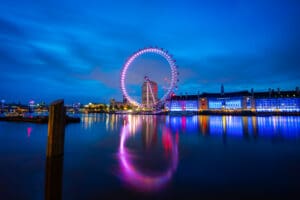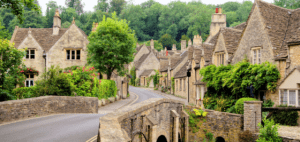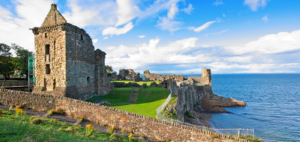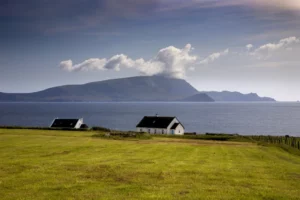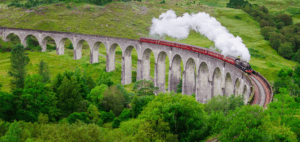Dublin City: the World’s Natural Wonders in One City
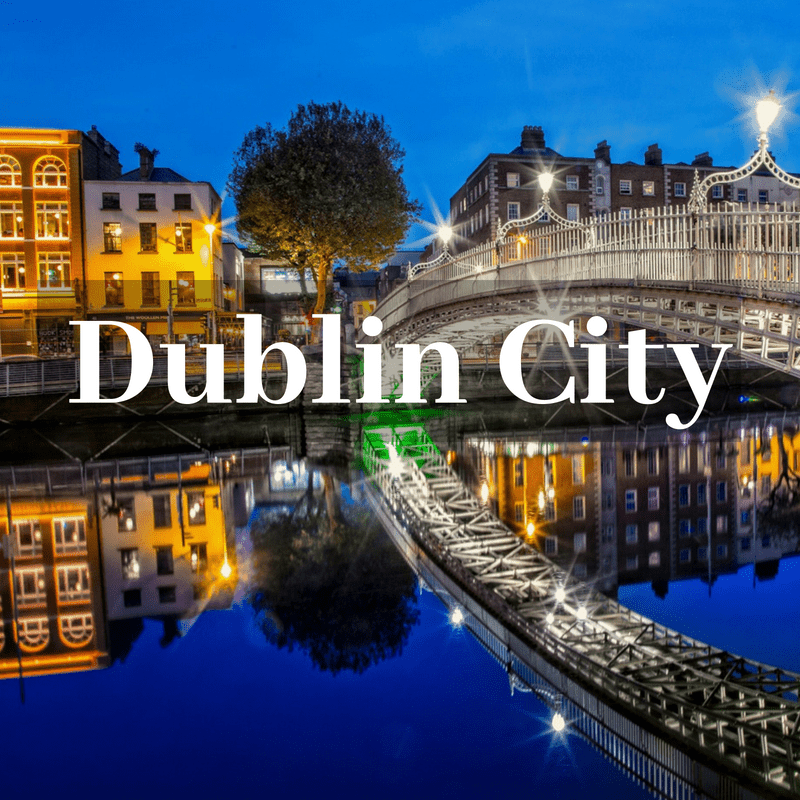
Updated On: April 07, 2024 by Salma Ihab
There’s so much to explore in Ireland, but one place at the top of your list? The stunning capital city of Dublin.
Not only does Dublin hold a unique place in Irish culture and history in the present day, but it is also now a cosmopolitan city welcoming all cultures worldwide.
Let’s embark on a quick journey and learn about the life of the Dubs and their county, too.
If you are planning a trip to Dublin anytime in the future, check out our ultimate travel guide to Dublin.
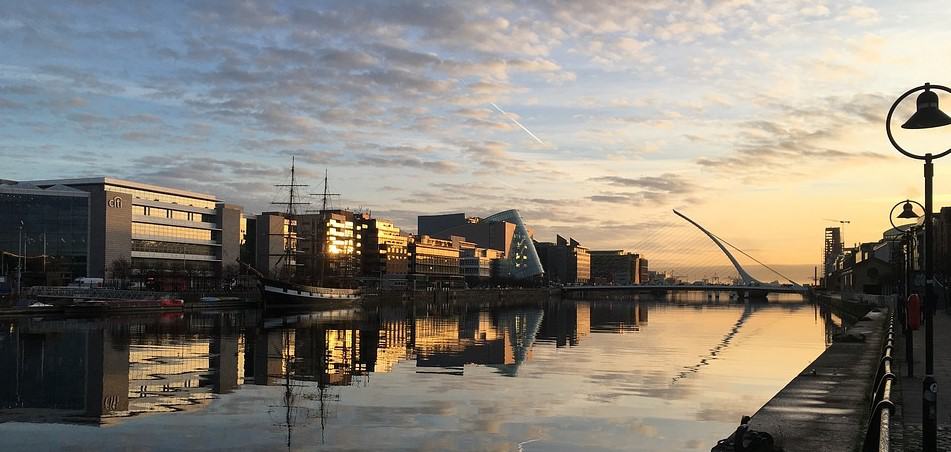
“What Does” Dublin” Mean?“What Does “Dublin” Mean?
All words and names have a meaning or significance. Dublin is no exception and has a significant meaning in the Irish language. The city’s modern name is Baile Áth Cliath, and it has a different meaning. This one means the Town of the Ford of the Hurdles. The story behind the modern name is also related to the structure of the county. Ireland has four major routeways, all joined at a crossing place. That place is made of intertwined plantlets hurdles across the River Liffey.
Other Forms of the Name
The modern Irish form of the county’s name is Duibhlinn, usually pronounced as Duílinn. However, it may differ from one location to another within the borders of Ireland. Many places refer to it as Duibhlinn, but the English forms of this name vary between Difflin, Devlin, and, sometimes, Devlin. Those forms have a different pronunciation from the original name and are derived from more than a few other languages. For example, Dyflin was the county’s name in Old Norse, Difelin was in Old English, and Divlyn was in modern Manx. There were even Dulyn in Welsh and Dyflinn in the current Icelandic language.
Those variations resulted from slight language differences. According to history, the city’s name was either Duiḃlinn or Duḃlinn. Transcribers profess that there was a dot over the b in the Gaelic scripts, giving us the latter two versions. However, many people weren’t aware of the Irish language; they eliminated that dot and spelt it as Dublin instead. That slight omission resulted in the various forms of the name we have seen through the years.
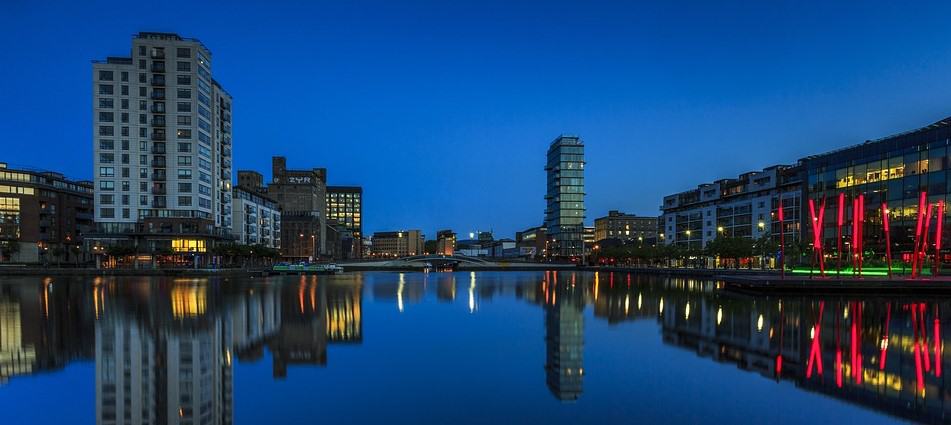
‘The Origin of the Name’‘Dublin’‘The Origin of the Name ‘Dublin’
Throughout Ireland, the Vikings established settlements. Some claim that those settlements were led by Christian and religious ones, known as Duibhlinn. The settlement in Dublin County used the settlement’s name and called the city Dyflin.
However, it is said that there was another Gaelic Settlement during the 9th or 10th century. That settlement was called Áth Cliath, meaning the ford of hurdles. The modern name was taken from that settlement. Besides, Baile Átha Cliath was the name of a Christian monastery that existed in the early times. Other towns bear the same name as Àth Cliath in East Ayrshire, Scotland.
The History of the County of Dublin
Dublin is one of the Irish cities that has existed since the beginning. It is pretty old and bears a large portion of the Irish heritage. A city with many names has endured a lot throughout the past centuries. So, let’s look at what this land had to tolerate to become the city it is today.
The City of the Vikings
Dublin became the city with the largest Viking settlements at some point in history. The attacks started in 837 when they attacked the churches surrounding Poddle and Liffey.
Four years later, they established their long-term settlements. In 917, the county became the largest city of the Vikings worldwide. They rebelled against Ireland’s first ruler, Brian Boru. He was the High King the Dublin Vikings rebelled against along with the Leinster Irish. He was assassinated in a battle that took place in 1014 at Clontarf. The Vikings continued living and settling in Ireland.
They even converted to Christianity and built the famous church, Christ Church Cathedral. However, Dublin was seized from the Vikings when the Irish king, MacMurrough, used the Wales Norman to do so.
The English Royal Control
Dublin was no longer the city of the Vikings in 1171; it became the centre of the Norman and English Colony. Thanks to Henry II, he was the one who landed with a great army and seized the county.
During that time, the Gothic-style Christ Church was established. The destruction took over the city in 1317 when the Scottish King Robert and his brother tried to seize the county. They failed in their attempt, but the devastation was already everywhere. That era was not the best time in Ireland’s history.
Besides the destruction, the Black Death started absorbing the city as well. The control of the English royal lasted for years, but it began to be demolished during the 14th century. It was limited to coastal towns and the Pale, an area around Dublin, during the 14th and 15th centuries.
In 1603, the English monarchs decided to transform Ireland into a Protestant. They took over Christ Church and St. Patrick’s Cathedral and restored them after witnessing the destruction. Forty years later, the English Civil War came to pass, leading many citizens to join the Irish rebellion.
That rebellion had been around since 1641; they resisted the English colony. The Irish forces eventually triumphed and took over Dublin in 1649.
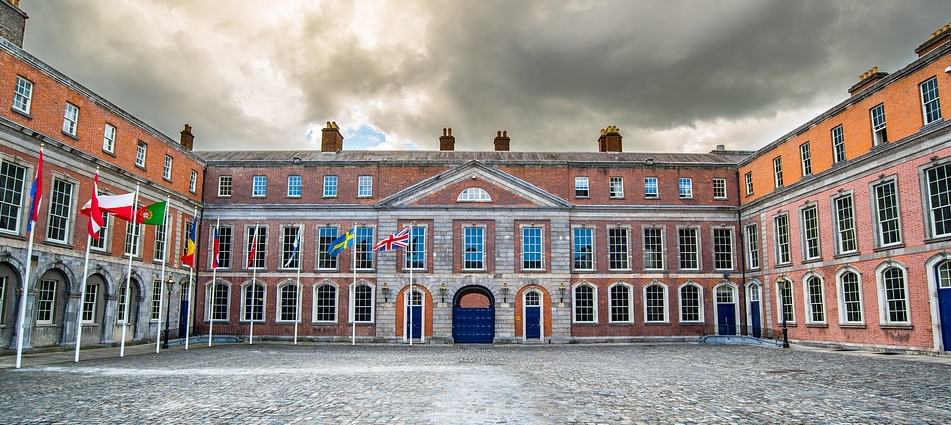
The Recovery Span
He started the city’s recovery from constant wars in the fifteenth century. Even the population witnessed a significant increase throughout that era. However, in the late 15th century, 1689 precisely, James II arrived in Ireland. He evoked a loop of instability again; however, William of Orange defeated him in 1690.
Then, James II had to return to France, where he came to Ireland. Thanks to William III, peace has stayed around Dublin for a long while since his triumph against James II. At that time, Dublin was made the most significant capital of the Britain Empire.
However, the revolution broke out once again in 1798. The United Irishmen carried the revolution out, but the authorities managed to keep the revolution out of the county.
Dublin as the Capital of the Irish Free State
In the 20th century, another rebellion was carried out by the Irish Citizen Army and the Irish Republican Brotherhood. It was during the onset of the First World War.
Revolutions broke out in 1916; they were pretty destructive, but they were stopped in due course. Despite being put down, the insurrection left the city in the wreckage.
It seems that the 20th century was not very kind to the county of Dublin. It was the era in which the War of Independence started in 1919. The streets were full of revolutions and fighting. Destruction was spread around many places in the city.
It was only in 1921 that the county became the capital of the Irish Free State. The treaty was made between the Anglo and the Irish. Though it was supposed to make things easier, the treaty resulted in civil war due to disagreements over the terms.
That war broke out right after bombarding and blasting several structures around the county, including the buildings on O’Connell Street. The war continued for a couple of years until an anti-Treaty called for peace in 1923.
The Crisis and Prosperity of The County
Aside from the wars and obliteration that Dublin witnessed, there were also times of prosperity. The streets we see today are a bit, if not drastically, different from how they used to be. The establishment of the whole city started with the Viking settlements in the eighth and ninth centuries.
For more than a few times, the city had gone through wreckage and restorations. The real beginning of prosperity was in the 11th century. Trading links became very prominent, especially in English towns.
The Reign of the Normans
The Normans ruled Ireland for around 700 years, starting from 1169. At that time, kings were all rivalling to win over the county. Mac Murrough was one of those kings who tried their best to conquer the city. He asked Strongbow for support, but they did not seem to triumph. However, Strongbow became the King of Leinster after Mac Murrough died. He managed to win and take over the city by defeating the High King and the Vikings.
The King of England thought he had to weigh in and save the day. He was afraid of how powerful Strongbow might become. Thus, he declared himself the new High King of Ireland, taking Dublin away from Strongbow. He gave it to the Merchants of Bristol.
A massive fire was ignited across Dublin in 1190, leaving the city in total wreckage. After many years, the first mayor was elected in Ireland; he helped make the city grow and prosper. Even the population significantly increased during that time.
In the 16th century, the construction of Dublin’s prominent structures had just begun. Even the ones that survived modern times. Ireland was still under English Royal Control, and Dublin was the second-largest city in the British Empire.
Queen Elizabeth I founded Trinity College, one of the oldest universities in the British Isles. However, the plague broke out, killing half of the population. It stayed around for years until the city prospered once again.
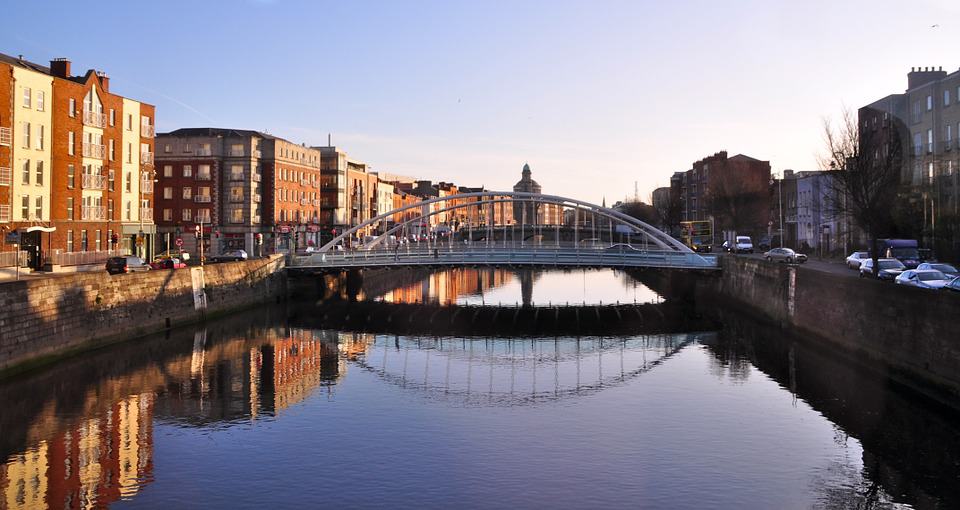
Further Growth of the City
The county started growing even further and faster during the 18th century. Many new sites, including the most famous buildings and districts we see today, came into being. Those sites include City Hall, Parliament House, the Royal Exchange, and Merrion Square. In the 19th century, street lighting was introduced to the city, and gasworks were constructed.
Despite the city’s physical development, it suffered from economic and political deterioration. However, things started taking a different detour in the 20th century. It was all getting better during the onset of the establishment of the Republic of Ireland.
Building the Streets of Dublin
The year 1757 marks the beginning of the City Corporation. At that time, many men were assigned to pave the streets. They widened, cleaned, and set lights on them. As previously mentioned, many sites, like City Hall, Parliament House, the Royal Exchange, and Merrion Square, came into being.
Moreover, a police force, along with the Grand Canal, Kilmainham Gaol, and O’Connell Bridge, designed the city’s layout. Those buildings survived for centuries to save history and bring it to life for whoever walks in. This county plays a big part in history. Dublin was the core of different events during the Irish revolutions against occupation and striving for independence.
More than a few buildings and sites will show how the county developed rapidly in the 18th century.
However, the population was at its most prominent at that time. While that may sound like a sign of prosperity, it made way for diseases and many deaths. That was because the city suffered from economic deterioration at that time and could not provide sufficient supply for the whole nation.
Places You Shouldn’t Miss While in Dublin
Not only is the county one of Ireland’s largest ones, but it also embraces diverse historic sites. If you ever visit Dublin, you must go to most of those places. Besides, you will get to meet a lot of Dubs who will tell you exciting stories about their heritage.
Abbey Theatre
The Abbey Theatre will be at the top of your list for all arts and performance lovers. It features the top playbill of the most auspicious dramatists and writers. The theatre survived to tell us history thanks to the famous writer Lady Augusta Gregory and the poet W.B Yeats.
They founded it back in 1904. However, it does not look as now as it used to be. The theatre has a contemporary appearance, although it is pretty historic. It underwent several renovations. Now, it contains over six hundred seats and welcomes a more significant number of guests than ever.
Airfield House
Want a family outing? Airfield House is one of the perfect outings for families and children. The house sits at Airfield Estate, displaying a vast area of gardens and a 38-acre farm. It also features a heritage centre for history and culture lovers. The place has been around for a very long time. On the other hand, it only underwent a renovation in 2014, becoming where it is now.
It contains a café that serves delicious goods for families, including cookies and hot drinks. Besides, this place is enjoyable during the cold seasons. Every year, they held a Santa Experience. This experience allows the children to meet Santa and his real reindeer to send letters to the North Pole.
Head there and spend quality time with your family. It would help if you hurried up because that place sells its tickets out faster than you can imagine.
Brazen Head
Ireland has a whole drinking culture to learn about. There are several places where you can learn a thing or two about the history of drinking. However, the country’s oldest pub is the Brazen Head; it is one place you shouldn’t miss. This place has a unique character since it belongs to a time as old as the 12th century.
There are many tales to be told within the walls of that glorious place. It also used to have famous people as regular customers, such as Michael Collins, James Joyce, and Daniel O’Connell. Aside from the historical tales, it serves the best Irish dishes, and you can’t help but find them deliberately delicious.
Chester Beatty Library
Unfortunately, many tourists overlook the Chester Beatty Library despite being one of Europe’s most prominent museums. Inside that museum is an extensive library with a great collection of books, drawings, and manuscripts. They are of a rare type and include different genres from all around the world.
Sir Alfred Chester Beatty was the reason behind the establishment of this remarkable building. He donated a massive collection of his art to Ireland before his death in 1969. Thus, the library was established in his memoir. It is also famous for housing some of the world’s religious and cultural information.
This destination is the perfect choice for history lovers; it also features a gift shop to buy adorable stuff. There is also a garden and restaurants where you can read some of the world’s best books.
Cliffs of Moher
Those cliffs sit beyond the borders of the county. They are too spectacular to miss. Even if you happen to visit every corner of the city, a trip to those cliffs is a must. It has a vast natural scenery you will enjoy beholding for as long as possible.
Not only is the scenery breathtaking, but it also happens to be where famous movies were filmed. Among those movies are The Princess Bride, Harry Potter, and The Half-Blood Prince.
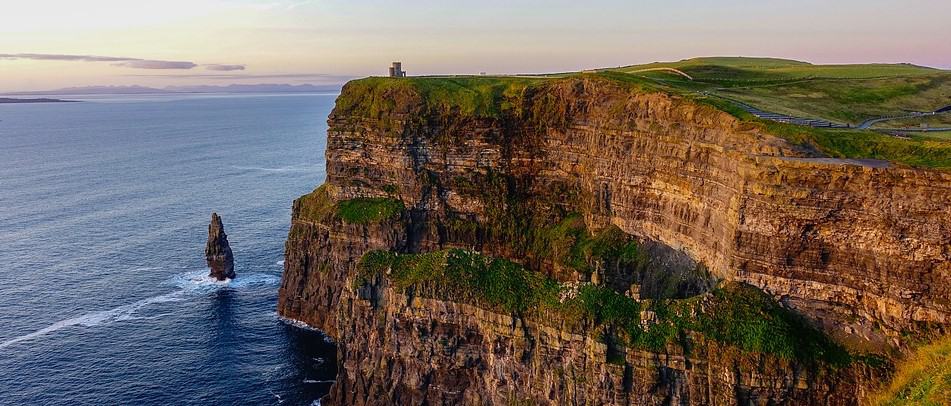
College Green, Trinity College
Trinity College is the very first university in Ireland. Elizabeth I founded it back in 1592, and it is now one of the country’s main tourist attractions. The university exists in the three-sided square, College Green, at the northern end of Grafton Street.
In the 18th century, it was home to the Irish parliament before Elizabeth turned it into one of Ireland’s finest universities. It also houses the old library that holds many of Ireland’s national treasures. Many famous figures attended this university, including Samuel Beckett, Bram Stoker, Oscar Wilde, and Jonathan Swift.
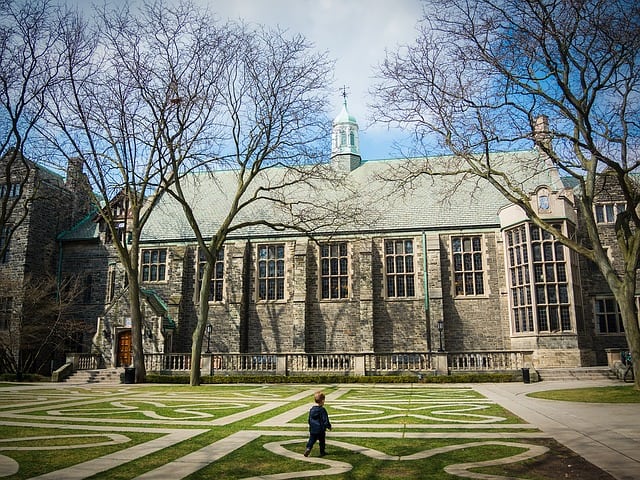
Dame Street
The great thing about that street is that it is not the only fantastic site there. Dame Street is close to most tourist attractions you will ever need to see. You will see the county’s most famous castle heading to the west. Just a few kilometres beyond it are the two Protestant cathedrals, the Church of Christ and the church of St. Patrick. Furthermore, there is College Green, Trinity College’s square, and the Temple Bar.
There is also the Chester Beatty Library; entering there is free, so treat yourself to different art objects and manuscripts. They are rare treasures from all over the world.
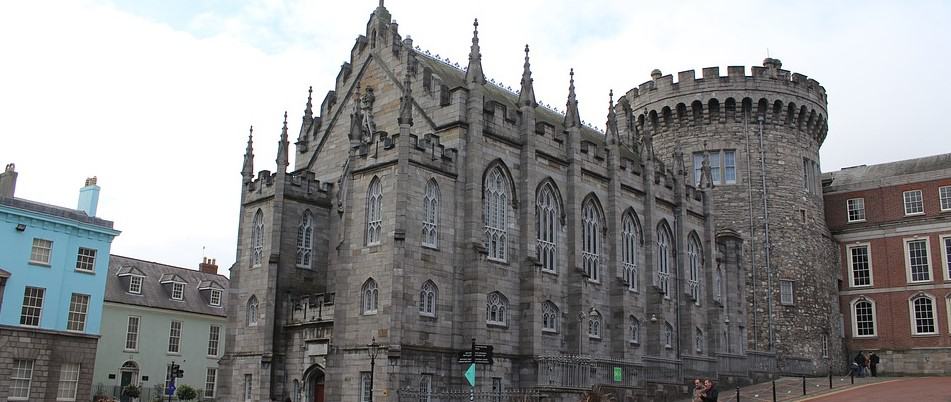
Dublin Castle
This is one of Dublin’s most popular tourist sites since it is also a prehistoric one. The Castle has been around for eight hundred years, condensing a significant portion of the Irish history within the walls. It witnessed more than a few events and incidents in the city’s history. The Castle also stands on a high edge, offering an apparent view over 11 acres of land.
You can find rooms, gardens, and famous museums inside that prehistoric structure. These include the Chester Beatty Library, the Revenue Museum, the Chapel Royal, and the Garda Museum.
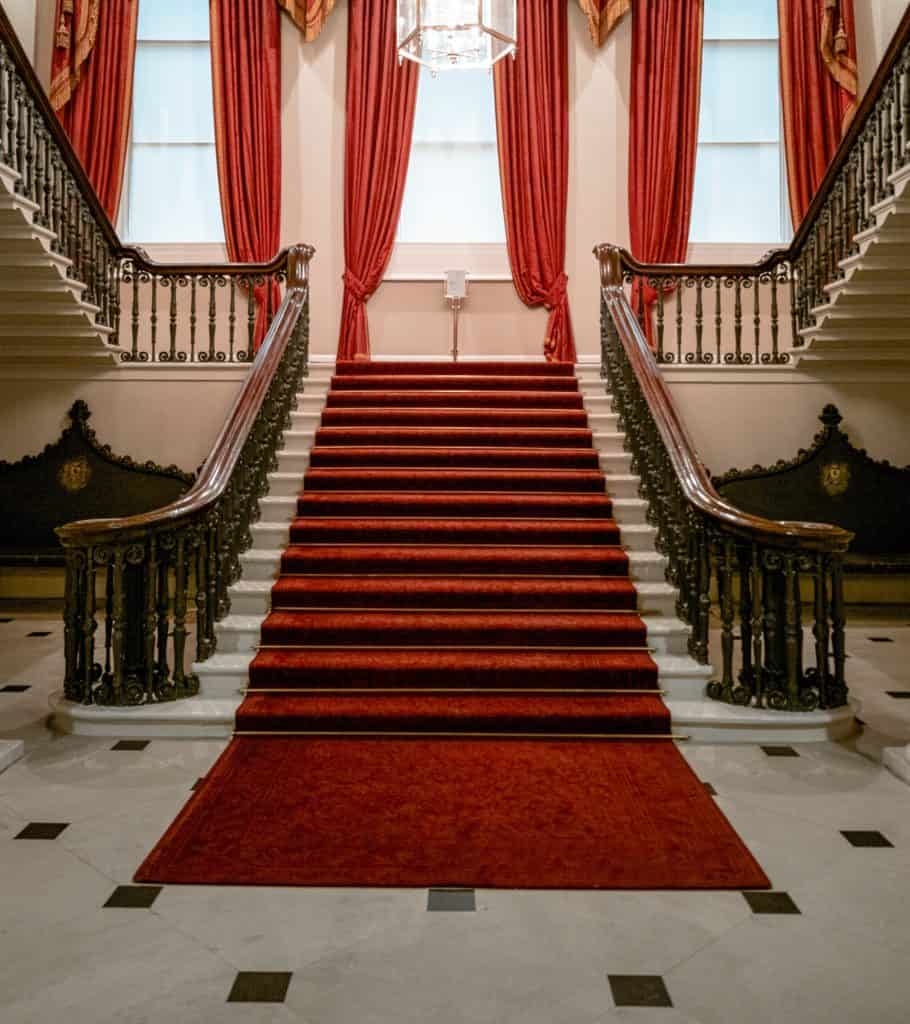
Dublin City Gallery
The county of Dublin is famous for being a sophisticated source of world-class art. Charlemont House happens to be the impressive building that proudly houses this gallery. William Chambers was the one to design it back in 1763. There are more than a few classics and contemporary Irish art to enjoy.
People usually refer to the gallery as the Hugh Lane. It originally belonged to Sir Hugh Lane; he used to work in the art galleries of London. That was long before he established his gallery.
Lane happened to own a superb collection that he built up himself. However, Ireland did not appreciate his collections that much since most of them were Impressionists. Thus, he donated most of his collection to the National Gallery in London instead.
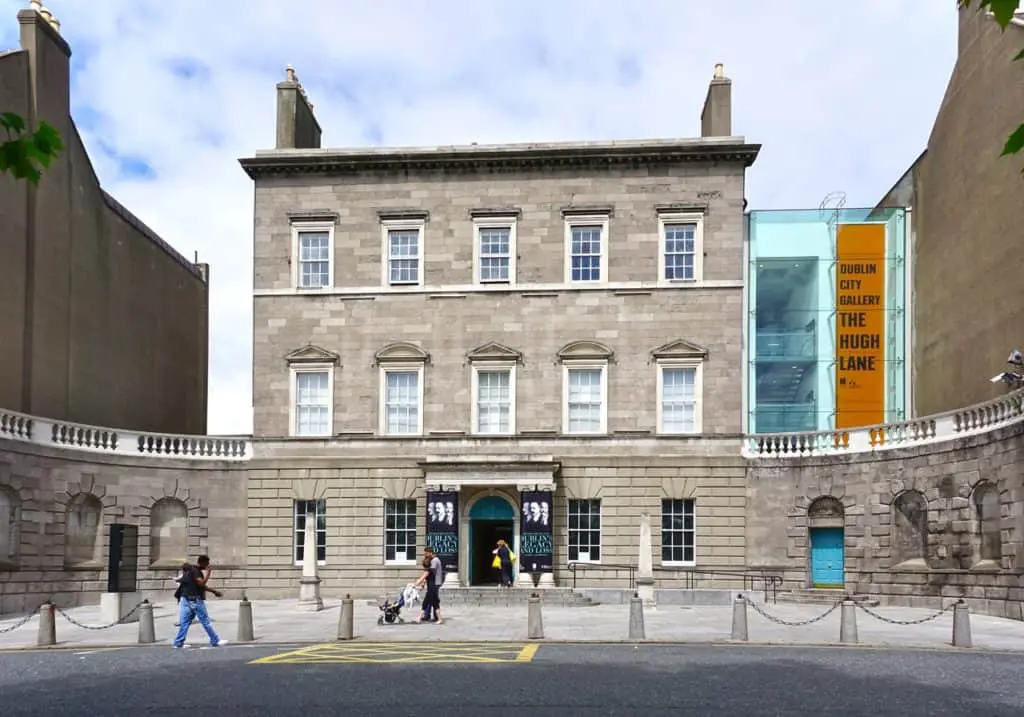
Dublinia Viking Museum
Dublinia happens to be the meeting point of the modern and old versions of the county. It brings history to life, allowing everyone to get involved in such an experience of learning and sharing knowledge. The site houses four different exhibitions.
Those exhibitions make you travel in time and see the city during the Medieval Ages and the Vikings era. Dublinia means seeing the whole county from a new perspective and learning about the locals. It is an experience that you will neither forget nor regret.
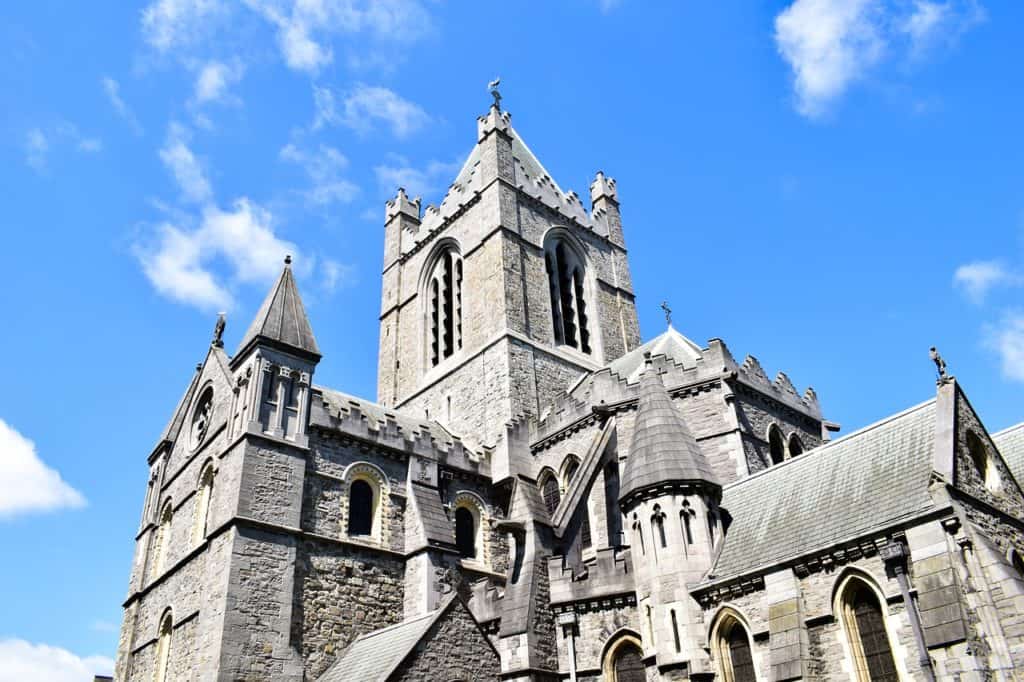
EPIC – The Irish Emigration Museum
This museum is called Epic for a reason; it is the only fully digital museum worldwide. It displays Irish history for the last 1500 years or so.
It also allows the guests to relive the ultimate achievements in Ireland’s history. The museum also narrates the stories of all the Irish people who travelled the world through the past and present times. You will learn about the best aspects of Ireland in terms of politics, music, science, literature, sports, and even fashion.
Glasnevin Cemetery
One of the largest cemeteries and Ireland’s topmost iconic national space is the Glasnevin Cemetery. It covers almost 125 acres of the northern part of the city. The cemetery has been around since 1832 and contains sculptures and monuments from the Victorian era.
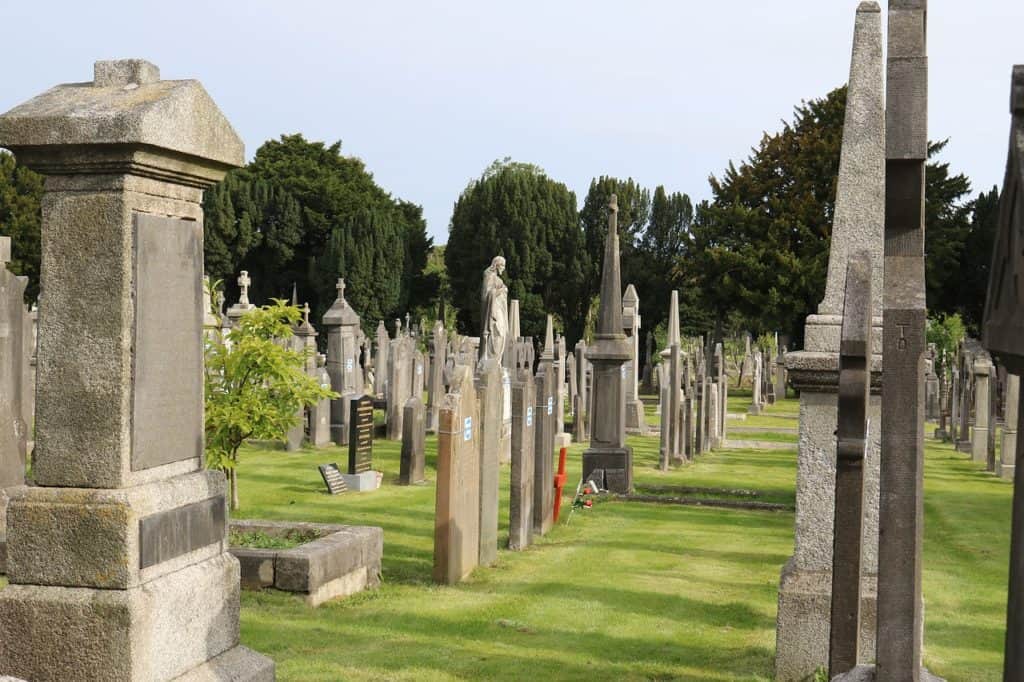
Kilmainham Gaol
The Gaol is a vast, unoccupied prison that feels creepy and spooky. You can freely walk into the East Wing of Kilmainham Gaol and explore the cold breeze that howls inside. This place holds an endless number of tales within the thick walls.
Ireland stopped using this prison in 1924; it closed it down and turned it into a touristic site instead. Many political figures were put behind bars, including President Eamon de Valera, Robert Emmet, Charles Stewart Parnell, and more.
Malahide Castle
The county of Dublin seems to be one of those cities that never run out of historic buildings. After all, it has survived for many centuries. Thus, it has many stories to narrate for one generation after another, and a few buildings will never be enough. Malahide Castle is another building deemed among the most essential structures in Ireland’s history.
It dates back to the 12th century when the Talbots lived there. There was one of the most influential families all across Ireland. The Castle happened to survive through the Penal Laws as well as the Battle of Boyne. Its survival made it among the significant buildings of Ireland.
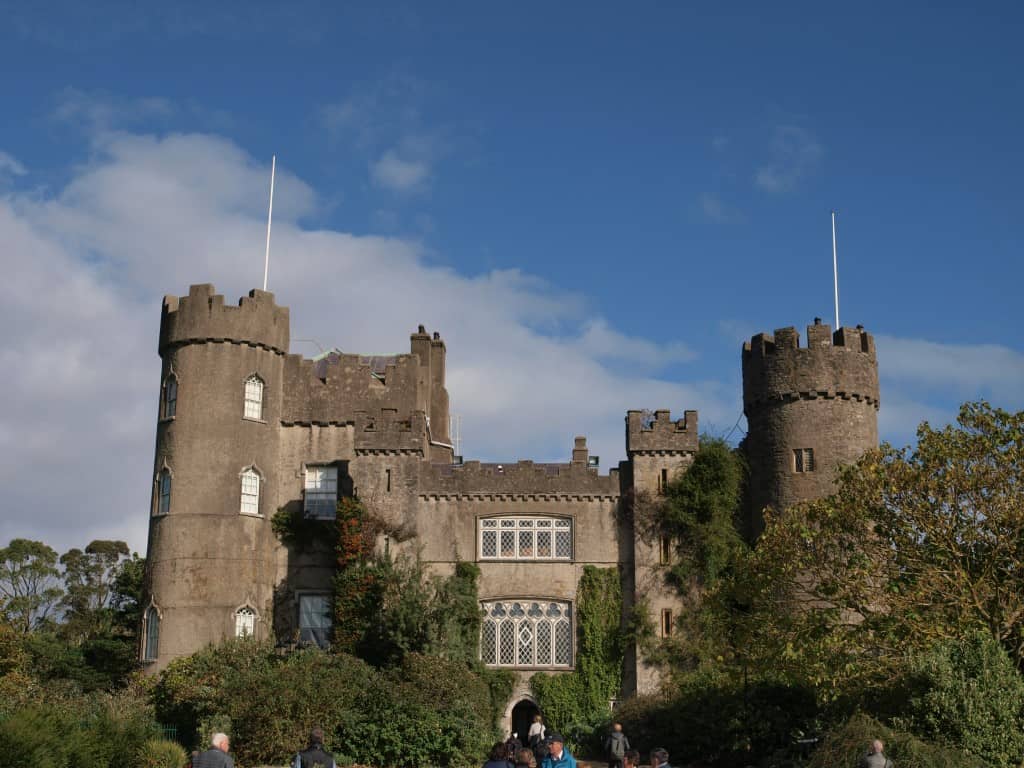
Marsh’s Library
Archbishop Narcissus Marsh was a Dubliner who opened Marsh’s Library in 1701. Around the library are vast gardens that are quite pleasing to the eye of the beholder. In these modern times, the building works as both a research library and a museum.
National Botanic Gardens
Gardens are always beautiful and provide magnificent sceneries, especially the botanic ones with rare plants. The National Botanic Gardens are one of Ireland’s tranquillizing places. Over and beyond, it contains the National Herbarium along with iron-shaped glasshouses that tell history. They are an oasis where you can relax and enjoy the view. Besides, the entry there is free, so you won’t have to worry about that. Those gardens sit around three kilometres away from the centre of Dublin city.

Old Library and the Book of Kells
This library is one of the most splendid libraries in all of Europe. It features many books that belonged to Trinity College in ancient times. Thomas Burgh was the one who built it back in the 16th century.
The library is inside Trinity College, a very long room about 65 meters long. It will be the most excellent satisfaction ever for all the bookworms. Besides all of the oldest volumes, there lies the Book of Kells. It is an Early Christian manuscript that people regard as a masterpiece.
Inside it, you will learn about the history and the four Gospels of the New Testament. Ancient Scottish monks created that masterpiece around AD 800, and still survives.
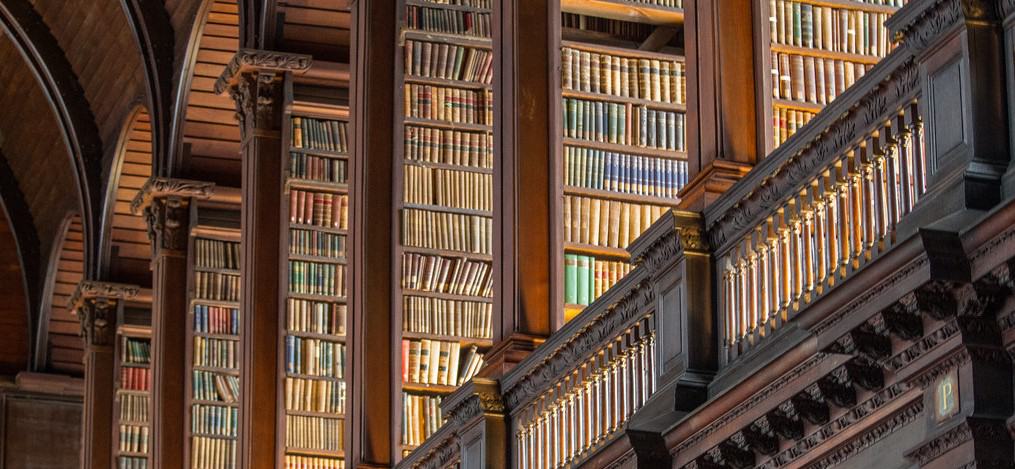
Phoenix Park
Phoenix Park is one of Ireland’s largest enclosed urban parks that covers around 1700 acres, perhaps a little more. It holds Dublin Zoo, where a significant number of deer freely roam. People refer to it as the Deerfield. It also happens to be the official residence of the Irish president. Other structures exist, including Farmleigh House, which used to belong to the Guinness family, and Castleknock Gate.
Besides, Ashtown Castle is a centre for visitors who would love to know more about the park. Dublin Zoo is the park’s structure that attracts the most significant number of visitors. Some claim that over a million visit Europe’s second-oldest annual zoo. You can spend the day watching bizarre species of animals, reptiles, and birds. There are also areas for kids to play and restaurants that serve tasty food.
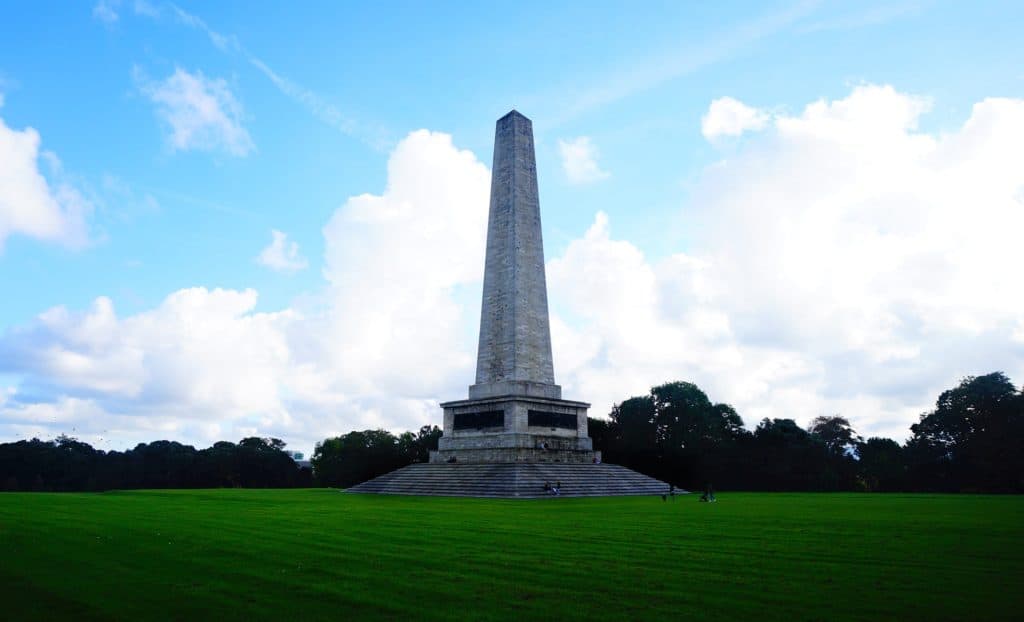
River Liffey
The whole city started at that magnificent river, and now it has become one of its tourist attractions. It is one of the longest rivers in the county—the main artery courses for about 75 miles through the whole city. The river pours into the Irish Seas right at Dublin Bay. People take long walks along the two banks of the river. You will get to see marvellous sightings of impressive architecture.
There is also a famous bridge down the river called Ha’penny Bridge. At night, it lightens up, making the whole place look fantastic.
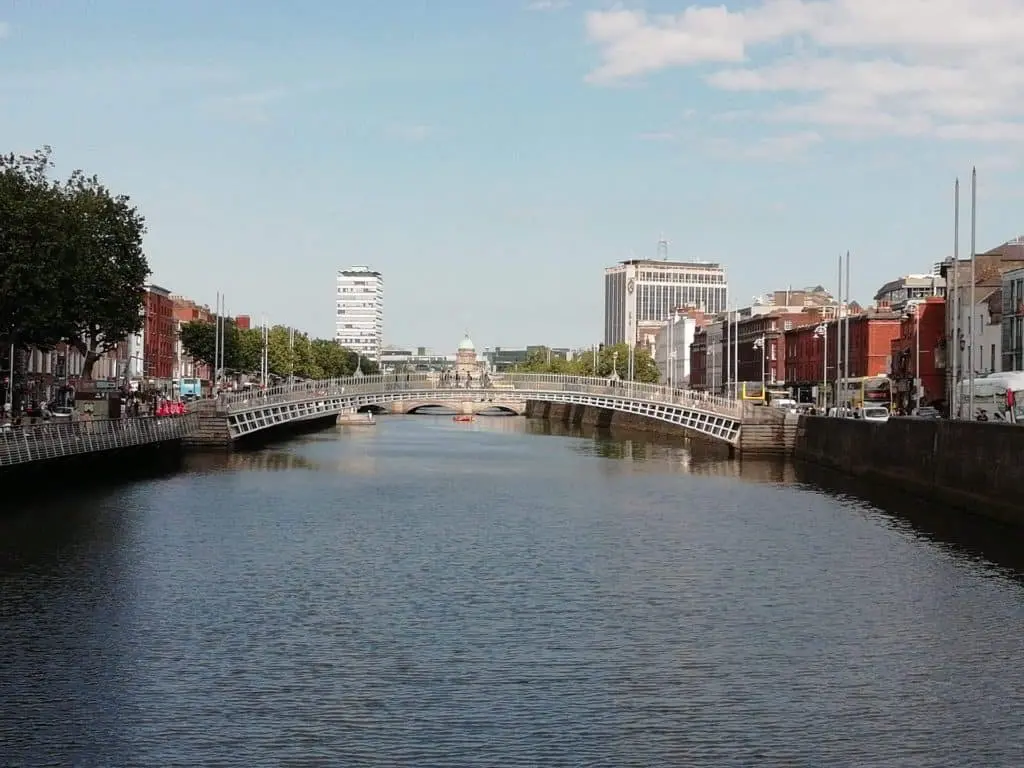
St. Patrick’s Cathedral
It is the national cathedral of the Church of Ireland. The cathedral is also only 7 minutes away from Christ Church Cathedral, a 7-minute walk. Legends claim that this place was the one where Saint Patrick converted people to Christianity and baptized them. Before the foundation of that cathedral, there was a church made entirely of stone.
It existed in 1192 before it underwent a revamp to become today’s cathedral. One of the interesting facts about it is that Jonathan Swift, the Irish author, was its dean for 35 years. His tomb exists inside the cathedral, just at the right of the entrance. Besides him lies Hester Johnson, his everlasting love.
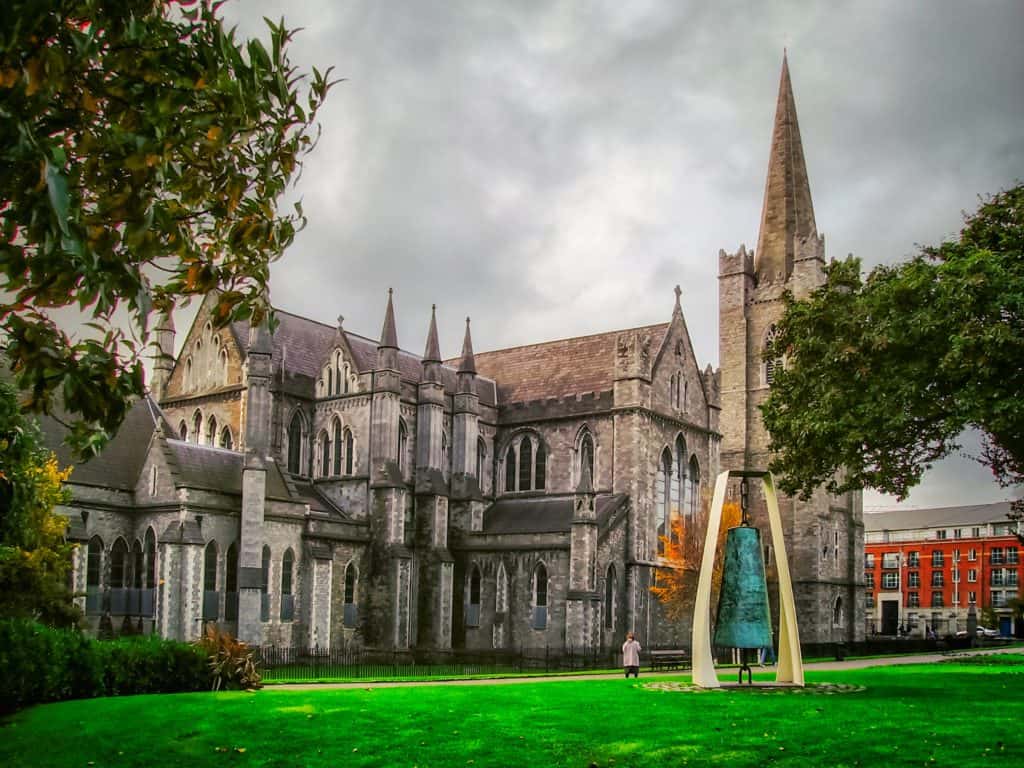
St. Stephen’s Green
St. Stephen’s Green may sound like the name of a street, but it’s a splendid park. The name reveals that it has remained green for as long as ever. This park provides guests with calmness and relaxation to spend a nice day.
It covers around 27 acres, and before being a nice park, it was a site for public punishment. This sounds very surprising, but it was true. That was during the Middle Ages before Arthur Guinness bought it and transformed the land into a more peaceful one.
The Guinness Family had worked to make Ireland a more excellent place. Nowadays, the Office of Public Works runs the park and maintains its facilities. It contains a garden and a playground. The vast area quickly includes eighteen monuments of eighteen different Irish figures. They belong to people who had an impact on the history of Ireland.
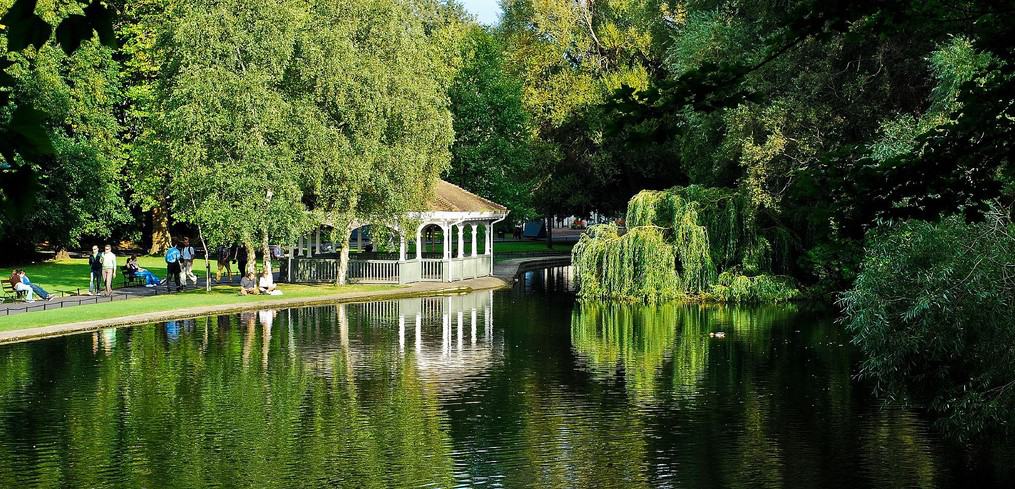
Temple Bar
One more iconic bar in the land of the Dubliners is Temple Bar. This place attracts people from all four corners of the globe to enjoy a drink within its historic walls. The bar is as old as time; it dates back to the early 14th century. It is still among the most popular sites today since it lies in the city’s core, making it easy for tourists and guests to reach.
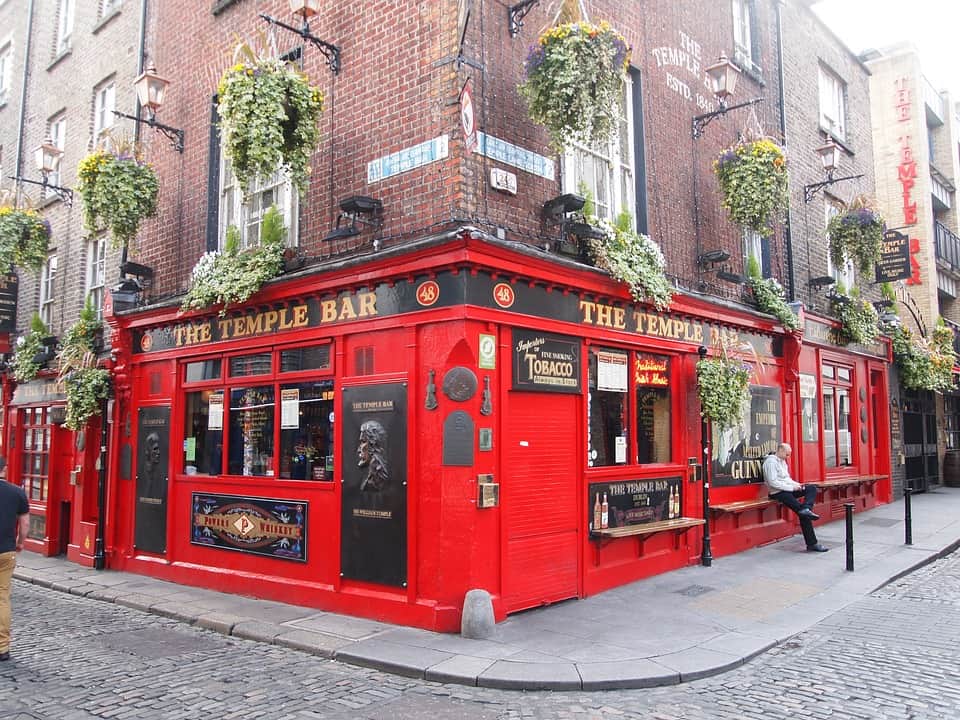
The Guinness Storehouse
Here is one of the most prominent places you will keep hearing about the Guinness Storehouse. In 2015, people ranked this place as one of the most popular attractions in Ireland, specifically, and in Europe, generally. Thus, you will regret forgetting to add it to your list. This place belonged to the Guinness Family. A tour around that factory is a splendid experience that will leave you awed about the creation of pints. Get yourself familiar with the history of brewing.
You will learn all about when it started in Ireland, how they marketed it, and how it is drunk. The factory has seven floors, and you can have the tour for free, so don’t miss it. Above all, you will enjoy a complimentary pint right after the tour.
The Little Museum of Dublin
While there, you will realize that this museum is better known as the People’s Museum. The story behind that naming is that, through the centuries, Dubliners have donated treasures to that place. Their main goal was to create an extensive and eccentric exhibition that contains everything, ordinary and not. Such an idea helped the visitors see the city’s history and culture through the locals’ eyes. You can’t help but fall in love with such a superb place.
The Old Jameson Distillery
If you know one thing about Ireland, it definitely should be that beer and whiskey are very significant to it. They are even famous for having their Irish toasts. The Old Jameson Distillery is another gem of Ireland. You can find it off Smithfield Square, the original site of the famous Jameson whiskey manufacturing. Purification and distillery also took place at that location, hence the name. People can take a tour around the place. You will hear stories about the creation of the finest whiskey and its history.
The factory stopped production in the 70s, but it still gives whiskey-tasting experiences to its guests. Interestingly, every guest gets a Whiskey Taster Certificate at the end of the tour.
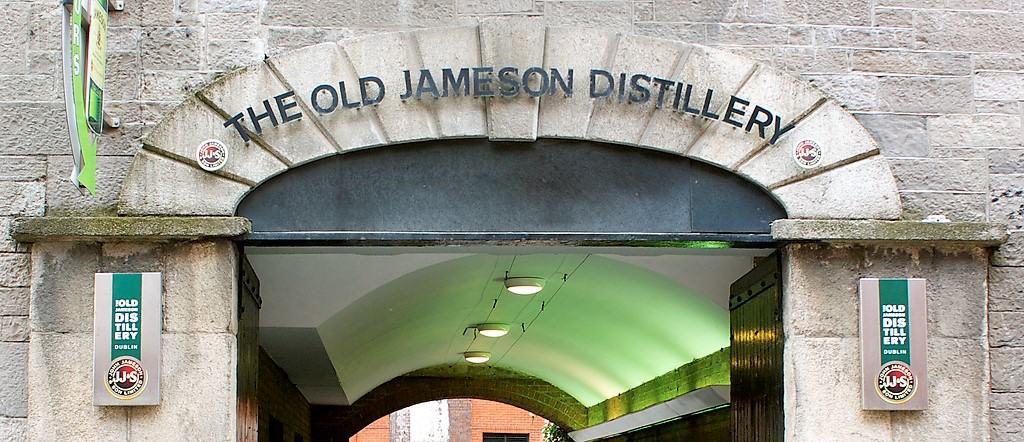
The Spire
The Spire is a stainless-steel, long-standing structure proudly erected in the centre of O’Connell Street. It towers almost 120 meters above the ground and is about three meters in diameter at the base. This monument is easy to spot, no matter how far you stand. Besides, it illuminates during the hot days, making itself more visible to everyone. At night, the tip of the Spire still lights up with the aid of an external light source.
Not only does it look beautiful, but it also acts as a guiding light in the dark sky.
Wicklow Mountain
Wicklow Mountain is an incredibly splendid landscape on the city’s borders. A tour of that mountain is undoubtedly a must. Interestingly, it is pretty affordable to visit. That tour will teach you a lot about history. You will be served a traditional Irish lunch there, so get ready, bring your camera, and enjoy exploring!
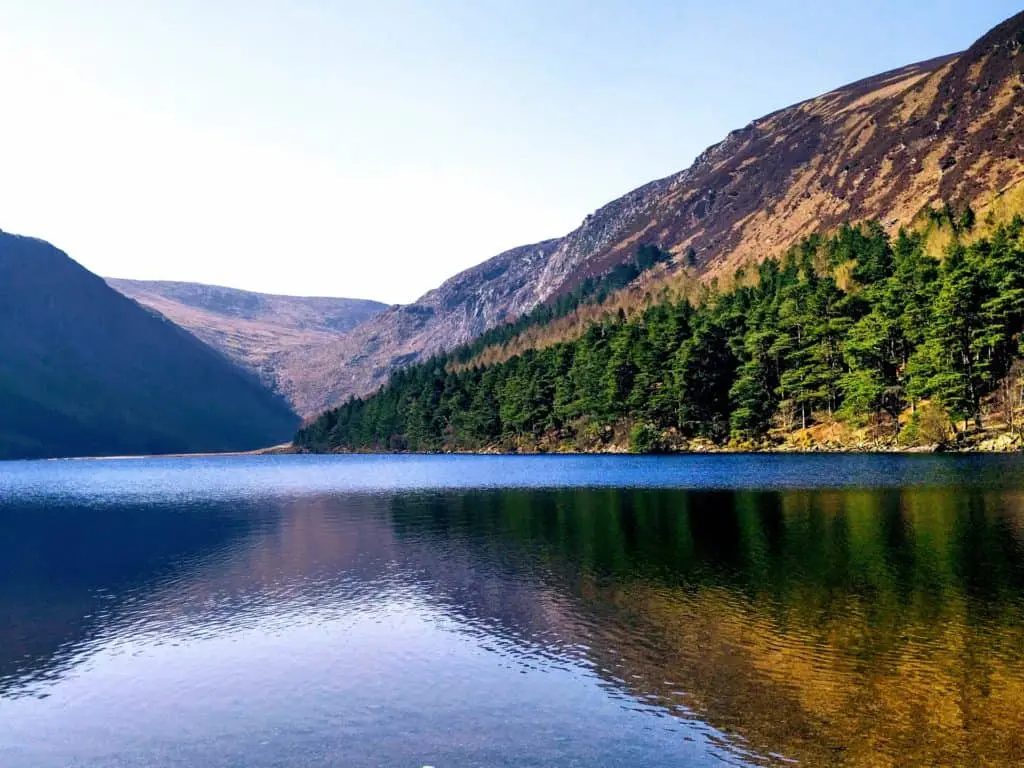
So, you can see why Dublin has such a huge role in Ireland, both old and new.
While there are many more cities that you may find interesting – including Cork, Donegal, Kildare and more – we think you’ll agree that a visit to Ireland isn’t complete without taking in Dublin!
Also, don’t forget to check out some other blogs that might interest you: Top Things to do in Hamburg: A Hamburgers Guide| The Capital of Connemara| Letterkenny: The Cathedral Town| Exploring County Monaghan| The Beautiful County of Kildare| All You Need to Know About County Laois|


